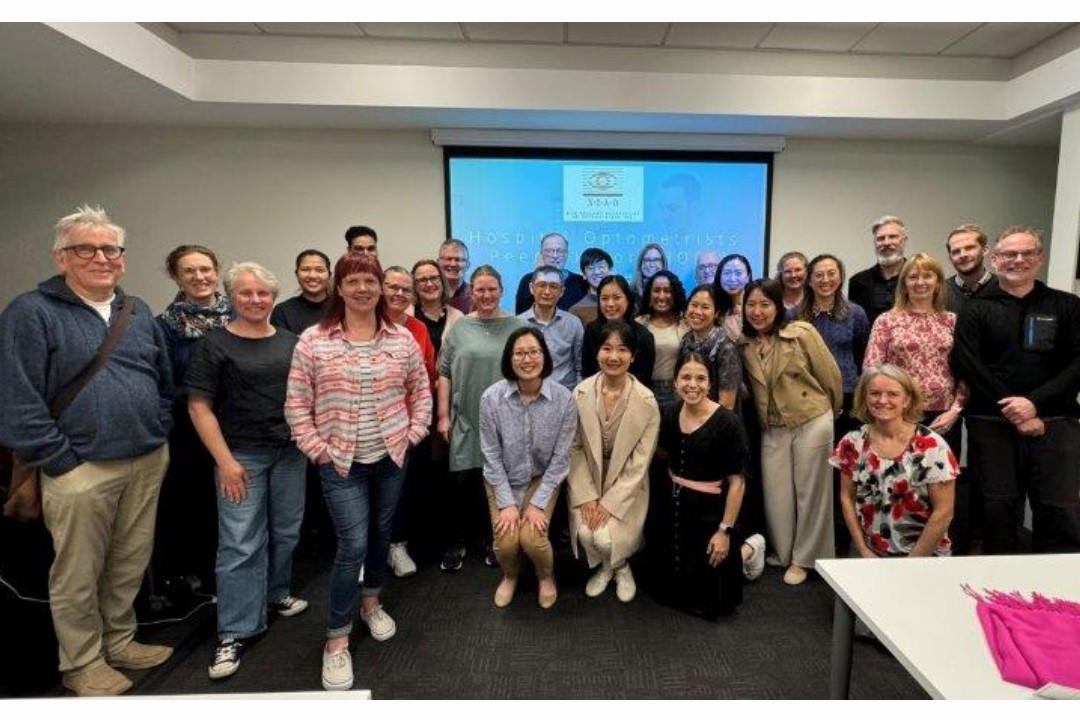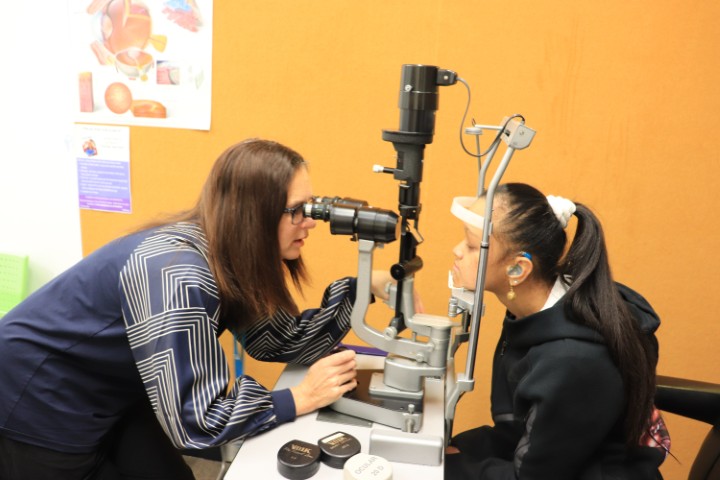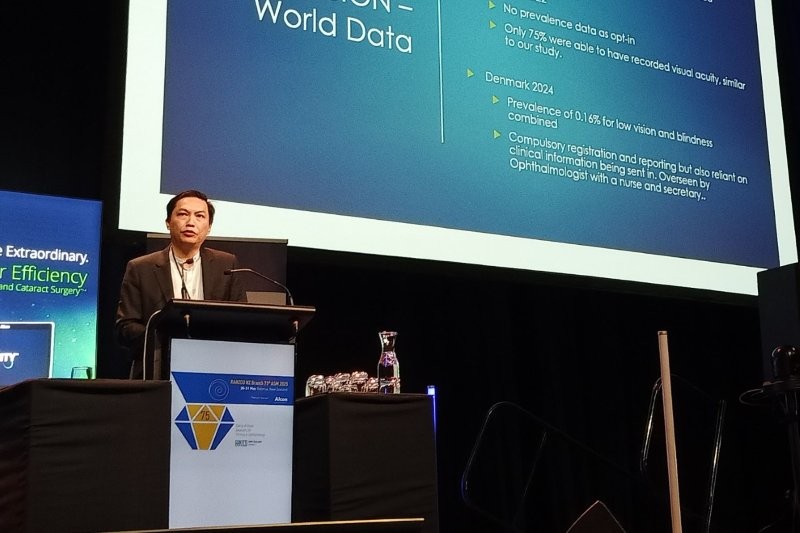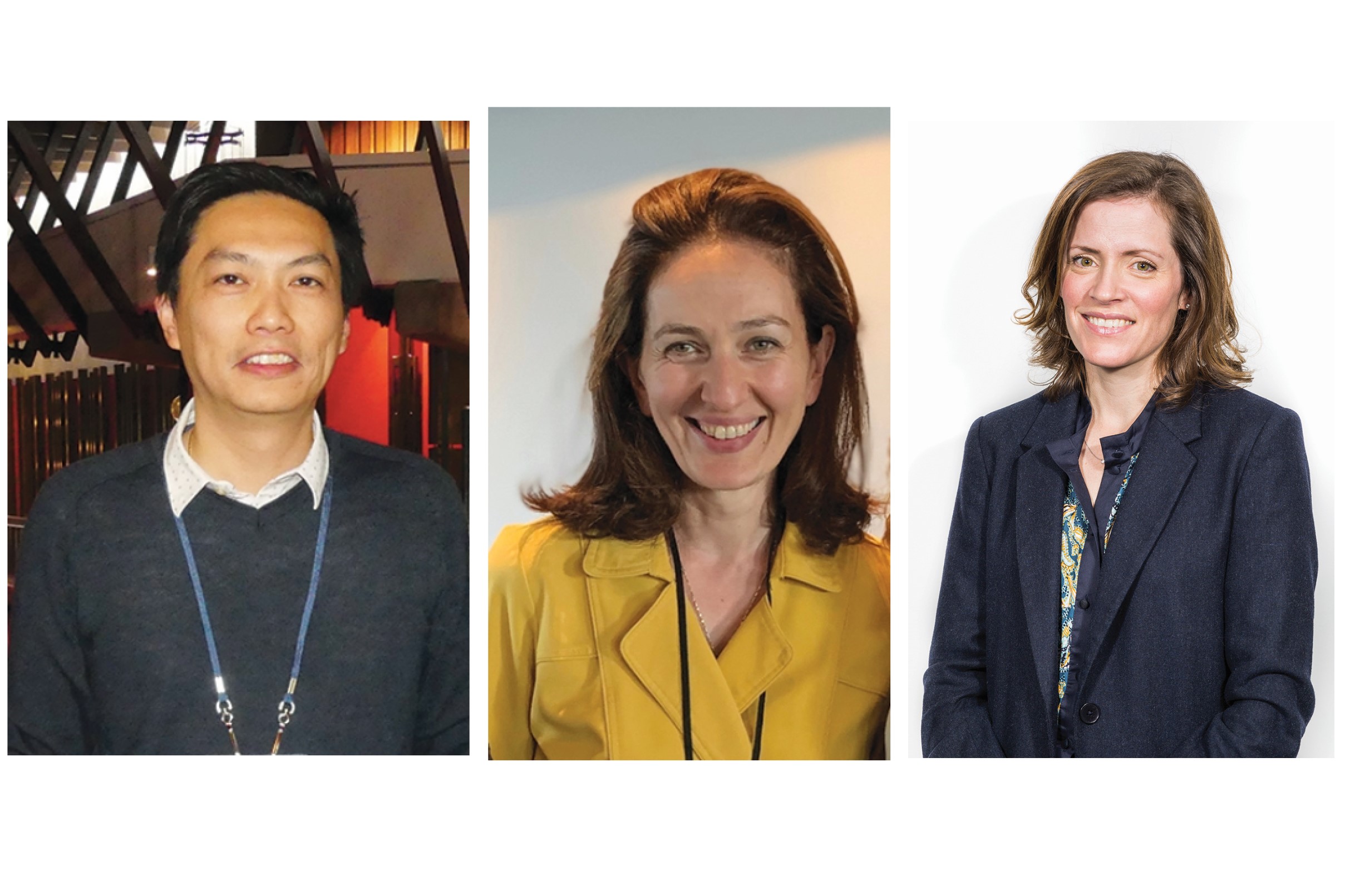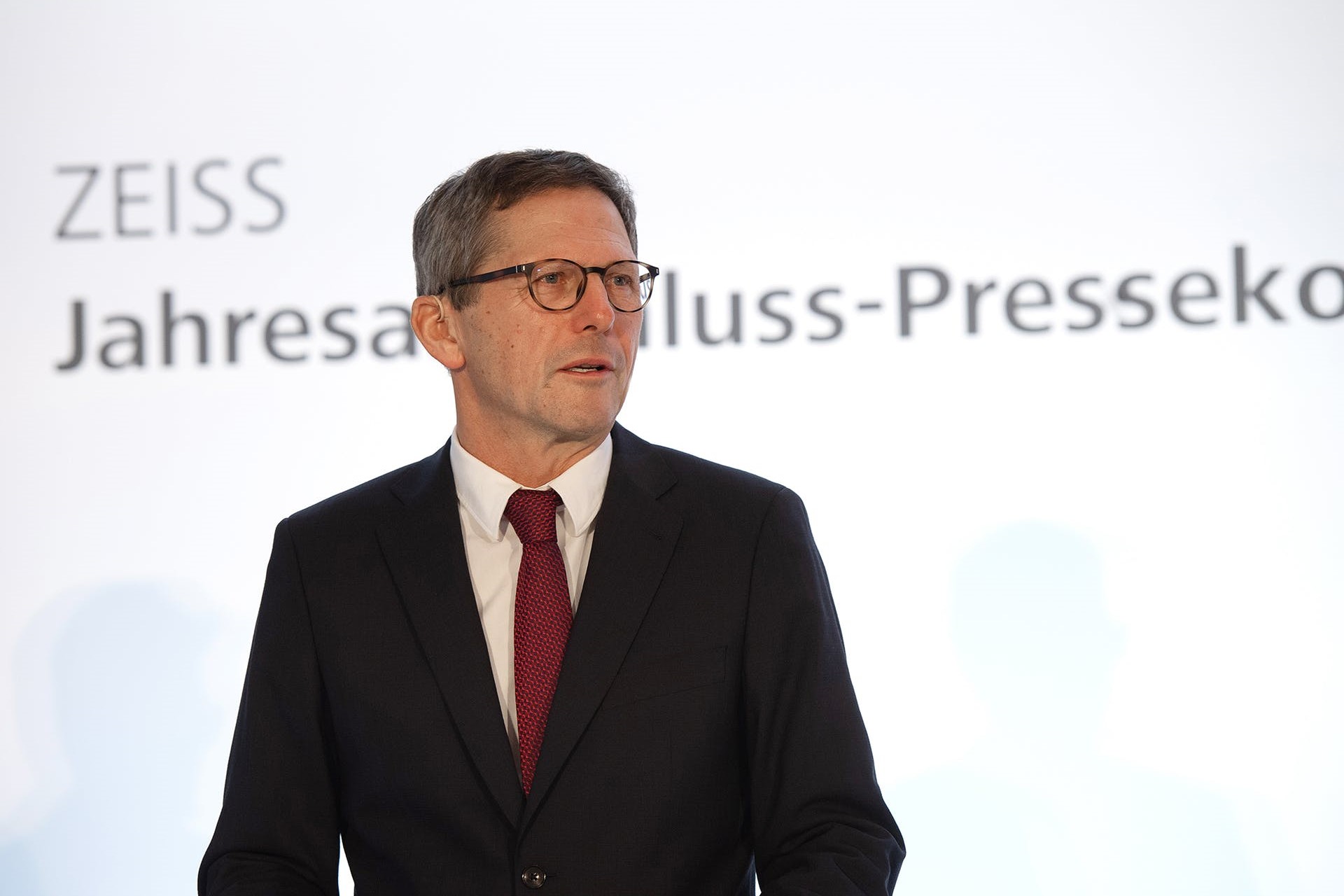HOPS 2024: paediatrics and sharing the load
On a typical Wellington spring day, the second Hospital Optometrist Peer-Support (HOPS) conference got underway at the Rydges Airport Hotel, with the region’s well known winds, fortunately, not causing any plane delays for delegates arriving from across the country.
Twenty-one exciting case presentations were lined up this year, each presented by an attending delegate. These 12-minute short, sharp presentations involved an interesting case the delegate either managed independently or co-managed with an ophthalmologist in their hospital eye clinic. Filled with fun images (some AI generated) and designed to the highest calibre, they were all engaging, educational and fun.
Children with challenging cases
This year, we were excited to have invited some highly sought-after paediatric optometrists who work in different parts of Te Whatu Ora across the country. Two orthoptists from Wellington Hospital also kindly agreed to join our morning session and even presented a case for us (double vision in a child – eek!)
The whole morning session was dedicated to paediatric care and it was well worth it. It highlighted just how much our optometry skills can be an asset to any eye clinic in New Zealand. Cases ranged from treating a child with pseudomyopia to dealing with rare genetic diseases. We also had an eye-opening talk by Dr Samantha Simkin about paediatric eyecare in rural New Zealand and the many barriers that can make it difficult for young patients to seek timely and effective care, including cost, location, wait times, communication, socioeconomic factors, race, ethnicity and disability status. Dr Simkin’s main message was, “Ehara taku toa i te toa takitahi, engari kē he toa takitini (Success is not the work of an individual, but the work of many)”.
She shared two cases to remind us of these factors. One was of a seven-year-old female with trisomy 21, bilateral hearing loss and developmental delay. An initial clinic visit with a cycloplegic refraction was followed by continuous ‘did not attends’ (DNAs). She was only reviewed two years later when her refraction revealed high myopia and glasses were prescribed through the Enable subsidy. Despite the glasses not being collected for over six months, the patient then seemed much happier. Due to the patient's family and social situation, intervention was challenging, with the Blind and Vision Education Network of New Zealand (BLENNZ) also having difficulty reaching her. BLENNZ offers a multitude of educational services for children (birth to 21 years old) who are blind, deafblind or have low vision in New Zealand.
Dr Simkin’s second case involved the challenging tale of a 15-year-old Caucasian female patient with cerebral visual impairment. She was unable to be examined behind a slit-lamp but was pointing to her right eye and indicating she’d had pain there for the past week. Close examination showed a small foreign body (FB) located at the temporal limbus of the cornea. A team was set up in a small procedures room – both parents, plus a nurse, surgeon and optometrist. They were able to flick out the FB with the tip of a fluorescein strip, minimising patient stress and resolving her symptoms. Regardless of the age or disability of our patients, our job is to do all we can, said Dr Simkin, to find an access to care, not its barriers.
As we all work in a hospital setting, we were also able to discuss non-clinical issues, such as dealing with patient complaints (ethics and patient rights) and managing non-attendance and those with multiple DNAs. There was a genuine case discussed where the family could not afford the petrol to drive to the nearest hospital from their rural home. This highlighted how important it is to have systems in place for checking on patients and with their GP before discharging the patient from the clinic due to multiple DNAs. Yes, this may take more time in an already busy and overbooked clinic, but we all felt it was still important.
HOPS’ last leg
HOPS is not only about education, it’s an event where hospital optometrists can come together to share what they do and to learn and gain support from colleagues across the country, which was the main reason I established this conference last year. We are a minority in our profession and work in a very different environment to the majority of our optometry colleagues, so HOPS provides a safe and supportive space to discuss our careers and professional goals and share any questions we may have with colleagues in similar situations.
As is traditional now for HOPs, the conference officially closed at 5pm on the dot, so no one would feel pressured to leave early to catch their flight. A new feature of this year’s conference, however, was the dinner, which was added following feedback from last year’s event. Those who attended called it one of the highlights, so I hope more can join us next year.
I’d like to thank the New Zealand Association of Optometrists for their continued support in making this event possible and I look forward to hosting the third HOPS conference in September 2025.
To be added to the list of hardworking hospital-based optometrists who might wish to attend next year’s event, please email: Inhaepark.optom@gmail.com

Inhae Park is an optometrist specialising in glaucoma working at Wellington Regional Hospital and Capital Eye Specialists.









